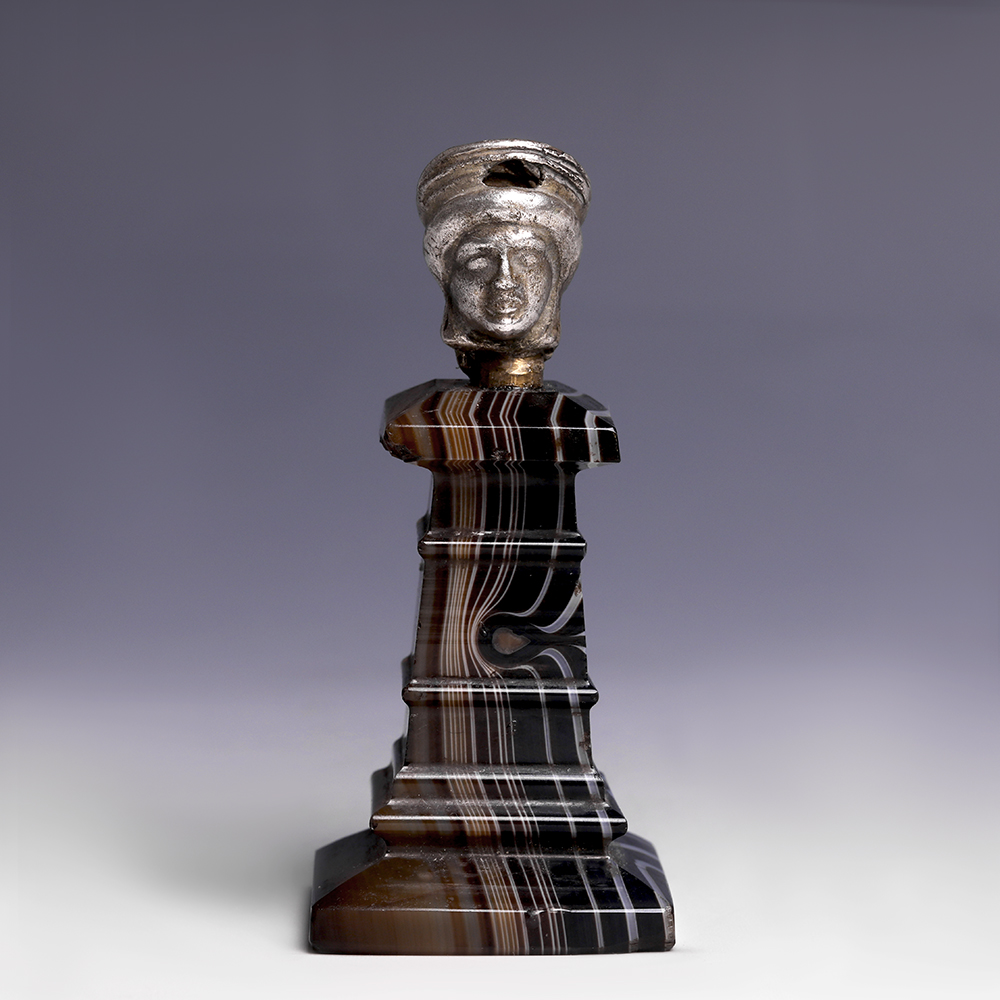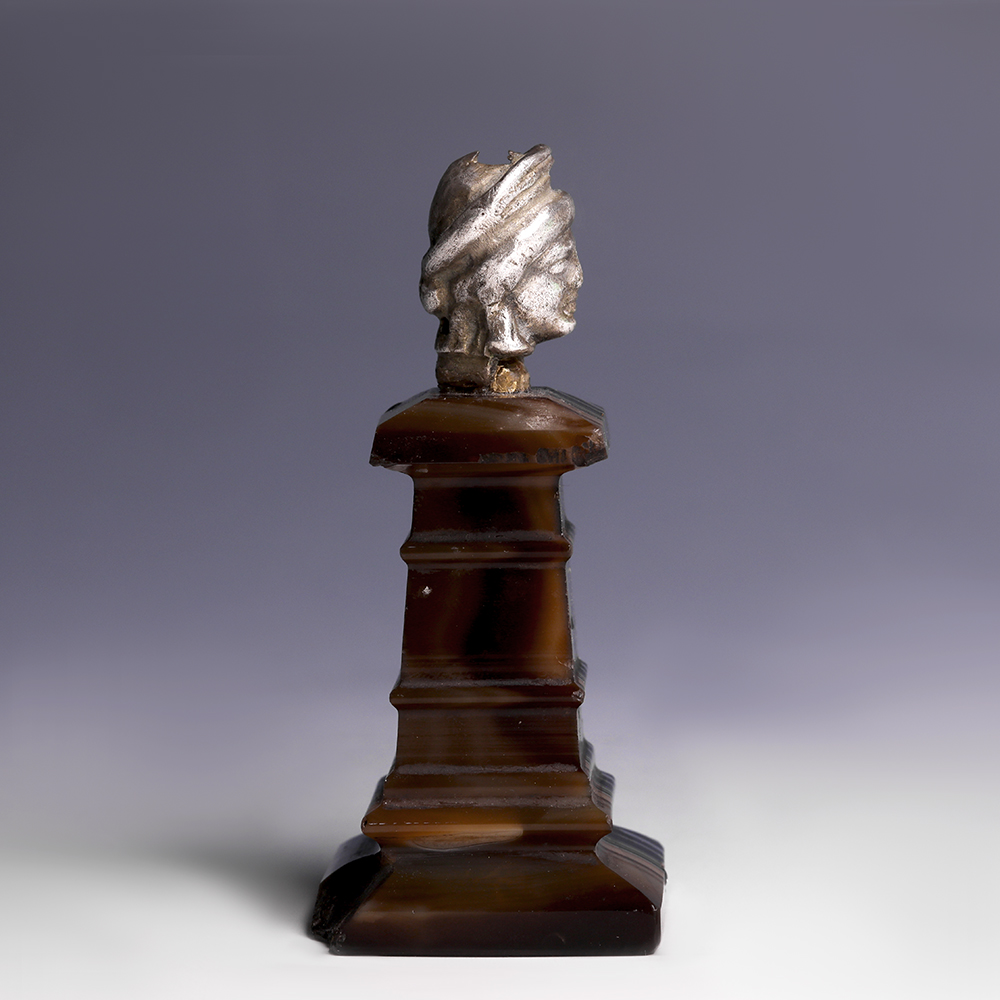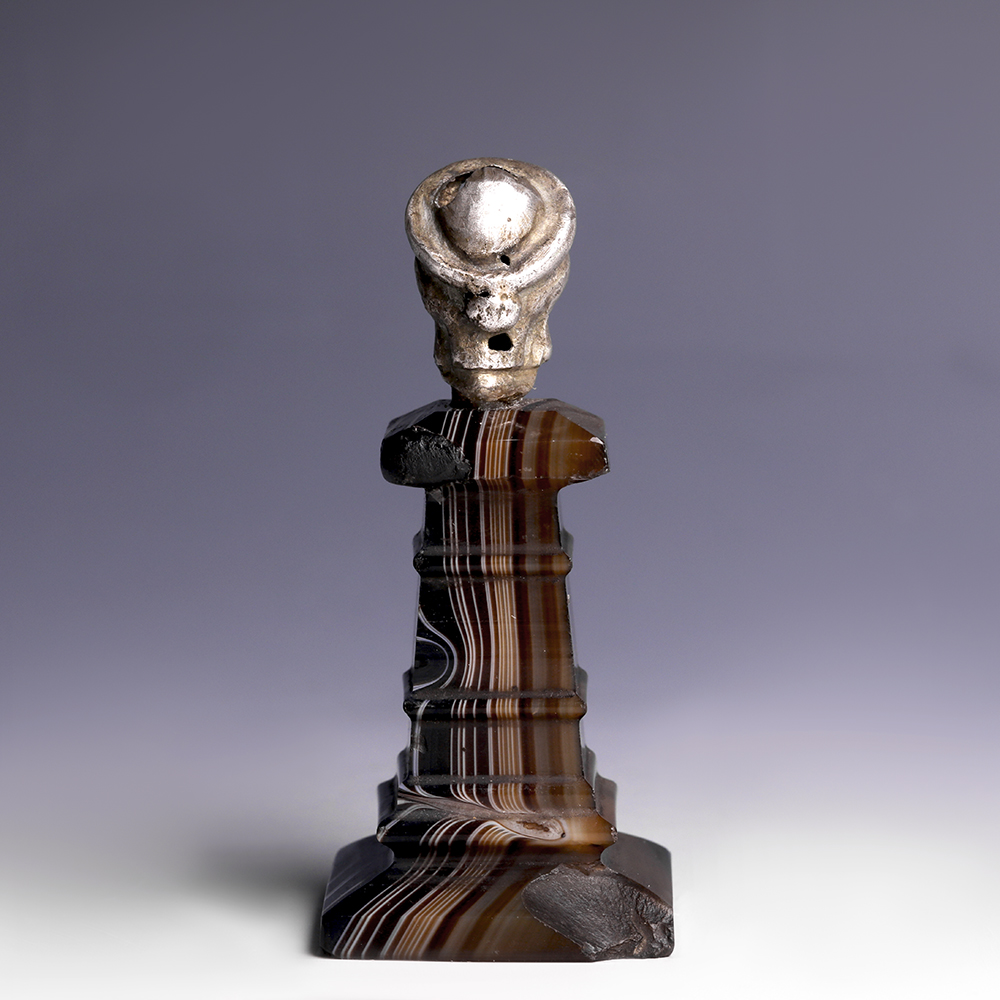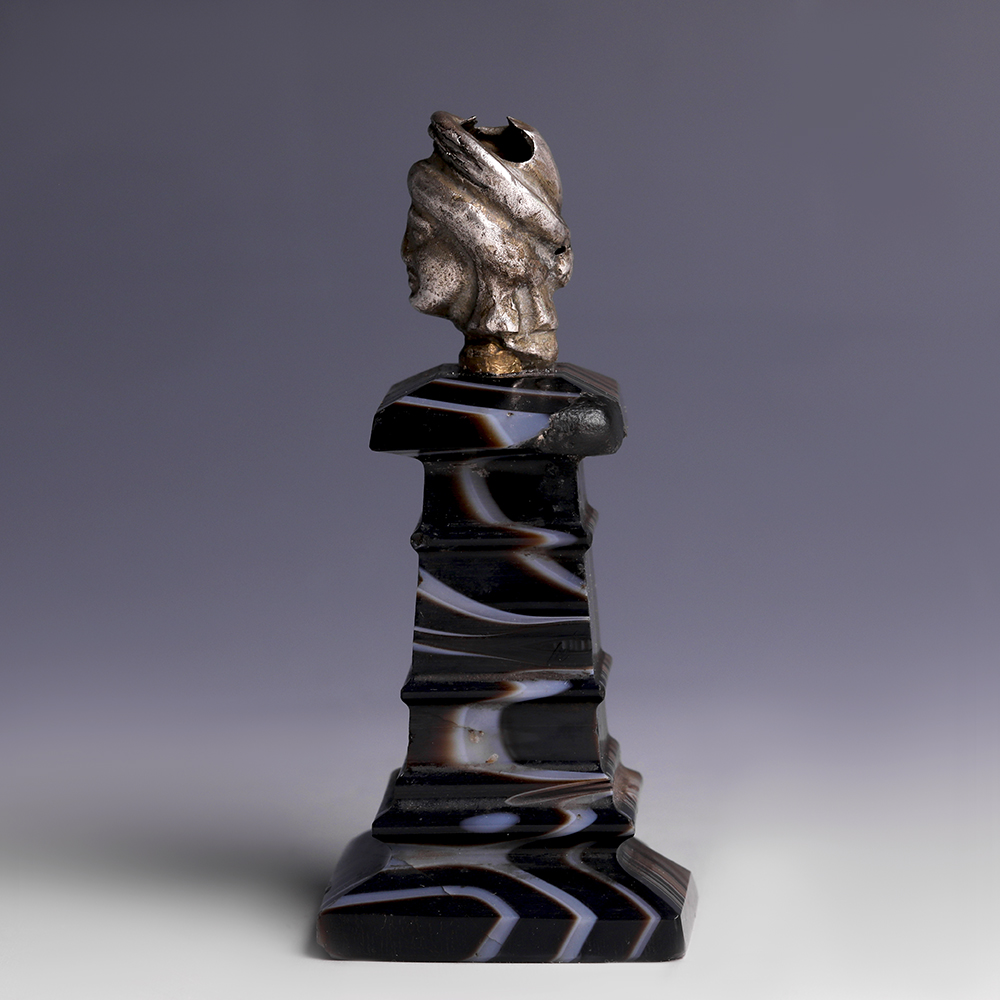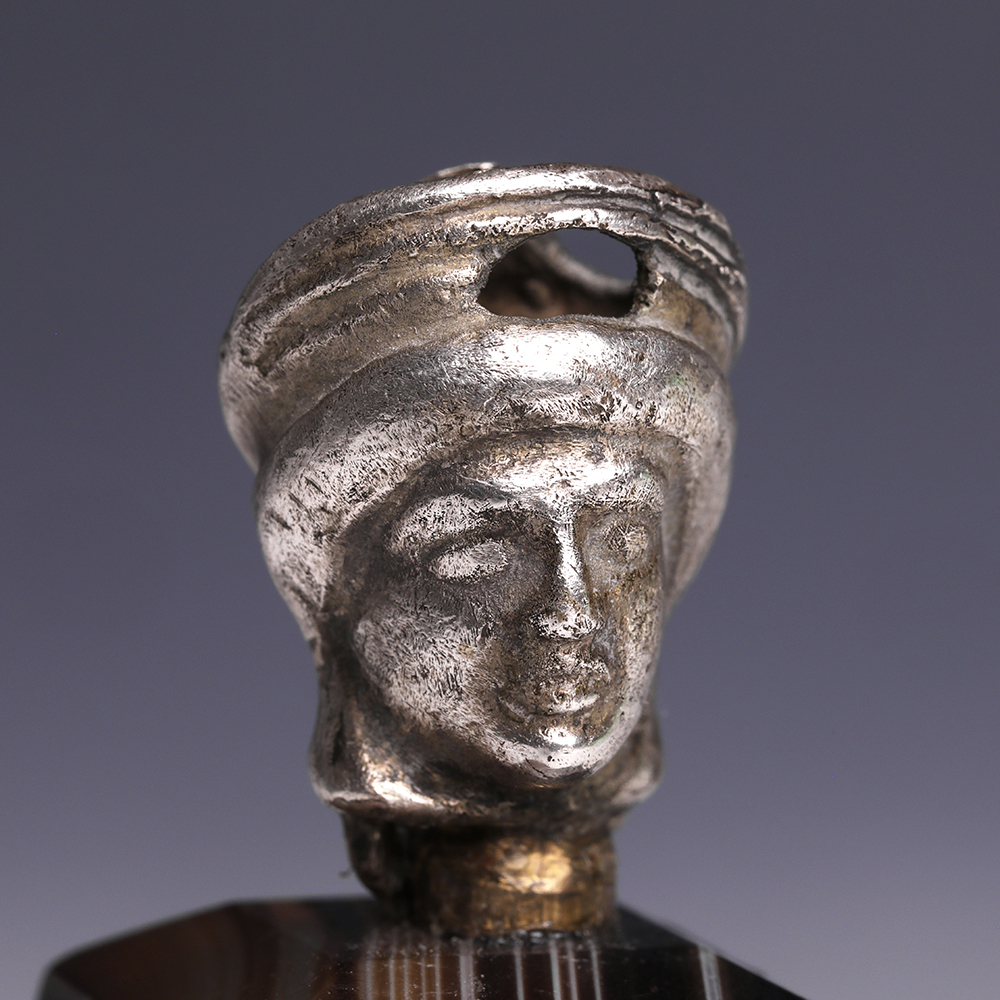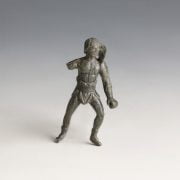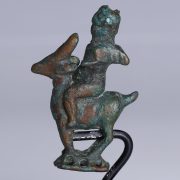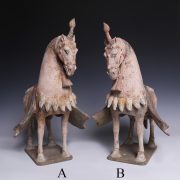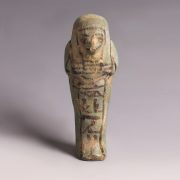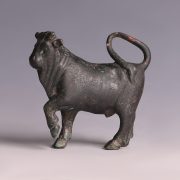Juno was a leading deity in the Roman pantheon who, much like her Greek counterpart Hera (Ἥρα), was the principal goddess of the State, the patron of Rome and the Roman Empire. Together with Jupiter and Minerva, she was part of the Capitoline Triad worshipped on the Capitoline Hill, which integrated the Etruscan trinity formed by Tini, Uni and Menura, into the Roman religion. The goddess was also known as Juno Lucina and was regarded as the protector of married women and childbirth. Among other her other identities was Juno Moneta, a personage unique to Rome with her primary temple constructed on the Arx, next to the Roman mint on the Capitoline Hill. Both the words ‘mint’ and ‘money’ are derived from her name. Juno is presented in various guises in Classical art. Occasionally exhibiting military attributes, she is most often portrayed as a matronal and regal.
To find out more about Roman goddesses, please visit our relevant blog post: Roman Goddesses in Mythology.
